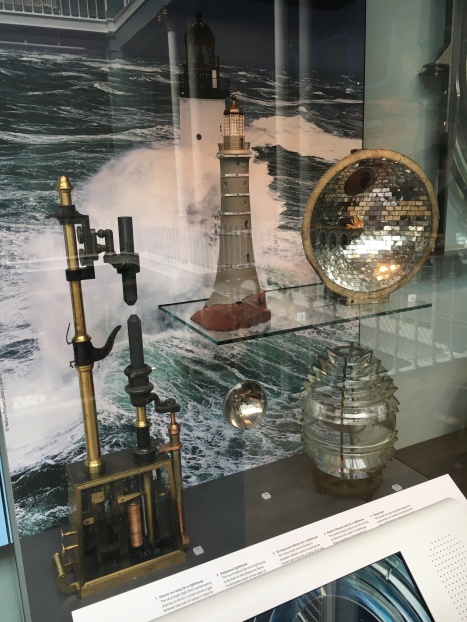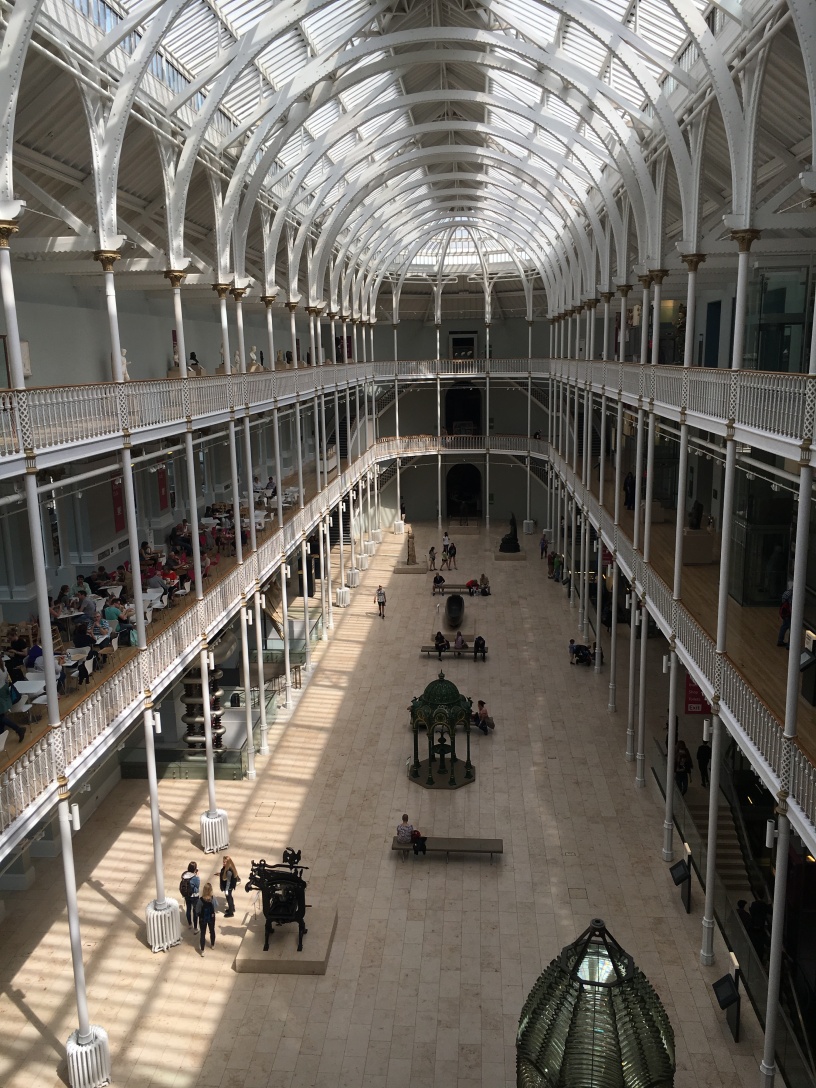Scotland’s rich history was put on display in the National Museum of Scotland where objects and exhibits from around the world are on display. The museum was similar to the Hands-On Museum in Ann Arbor with a lot of interactive activities. We spent the majority of our time in the communication exhibit that showcased how methods of communicating have changed over time.
As communication students, our task was to find three areas that focus on mass communication. I found a display with beautiful tea pots from around the world that made me stop and think about the different way each culture presents the same drink. My friends and family often gather around food and drinks to catch up and spend time with one another. This obvious form of communication is only enhanced with something delicious to nibble or sip on while you chat.

The next exhibit that caught my eye was a series of bikes on display. This part of the museum showcased written communication and how its delivery has changed. The bikes focused specifically on the improvement of transportation that has made it easier to relay messages. More comfortable bikes or bikes with built in baskets, for example, allowed for more efficient delivery of letters and packages between people.

The final stop of my communications tour came with a small exhibit on lighthouses. Lighthouses were originally the only communication between boats and ships at sea to people on land. It’s amazing to think that so much communication happens with a single, simple light. Now, lighthouses seem to only be a historical landmark with technology like radios and radar that allow captains to have a better sense of where they’re headed.

